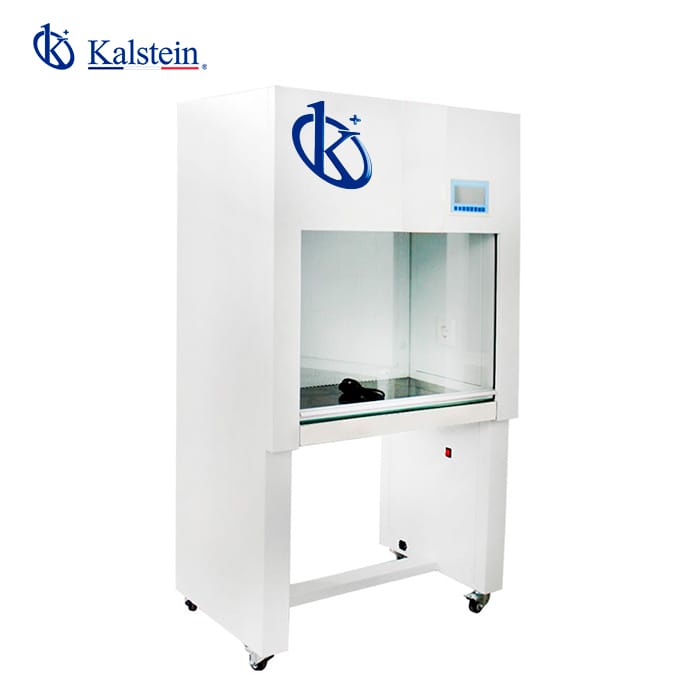Conductivity Meters to Increase Precision in Electrochemical Solution Evaluation

In the world of laboratories, precision in the evaluation of electrochemical solutions is key to obtaining reliable and consistent results. Conductivity meters have become essential tools for those of us working in material characterization and solution analysis. Today, I want to talk to you about Kalstein conductivity meters, a standout option in the market not only for their quality but also for their reliability and affordability.
Turbidity Meter for Optical Quality Control for Suspended Particle Analysis

Turbidity meters are key instruments in various industries where the quality of water, food, and pharmaceuticals depends on the optical control of suspended particles. After personally testing different models, I can affirm that high-precision turbidity meters are essential for obtaining accurate and reliable measurements.
Ion Meter for High-Precision Electrochemical Analysis of Complex Solutions

The analysis of complex solutions requires precision tools, and ion meters have become essential devices in laboratories worldwide. Today, I want to share my personal experience with ion meters, a tool that not only optimizes analytical processes but also ensures accurate results in electrochemical analysis. Throughout this article, we will explore how this equipment can make a difference in your laboratory analyses.
High-Performance Centrifuges: Precise Separation for Biological Analysis

Centrifuges are fundamental devices in any biological, clinical, or industrial research laboratory, as they enable the efficient separation of suspended particles in liquids through the application of centrifugal force. This separation process is vital for analyzing biological samples, developing drugs, genetic research, and more. Having worked with several centrifuge models, I can affirm that their ability to provide precise and rapid separation is what makes them indispensable tools in the daily operation of any laboratory.
Biosafety Cabinets: Efficient Protection in Controlled Environments

In research laboratories and medical centers where hazardous or contaminant biological substances are handled, the protection of the environment and personnel is crucial. Biosafety cabinets are specifically designed for this purpose: to protect the operator, the product, and the environment by ensuring a controlled and safe work environment. These cabinets are essential in a wide range of applications, from microbiology laboratories to biomedical research facilities, where infectious agents are handled.
Water Distillers: Purity and Efficiency in Solution Preparation

Water distillers are essential equipment in any laboratory that requires high-purity water for preparing solutions, cultures, and various experiments. These devices are crucial for removing impurities and contaminants present in tap water, such as minerals, ions, and microorganisms, through the distillation process. Having worked with several water distillers in research laboratories, I can affirm that the precision and quality of experimental results largely depend on the purity of the water used, making water distillers key to ensuring that standard.
Moisture Analyzer: Quick and Accurate Measurement for Critical Processes

In a modern laboratory, precision and efficiency are fundamental, especially when it comes to measuring moisture in samples. Moisture analyzers play a crucial role in this area, allowing fast and accurate results. After testing several models and studying the features of these devices in depth, I realized how important they are in industries like food, pharmaceuticals, and chemicals.
Veterinary ICU Unit: Advanced Intensive Care for Critical Patients

Intensive care for animals is a field that demands precision, innovation, and a commitment to life. Veterinary Intensive Care Units (ICU Units) are essential equipment for patients requiring critical medical attention.
Laboratory Shakers: Precise Mixing for Reliable Research Results

The precision and reliability in research processes heavily depend on the tools used in the laboratory. In this context, laboratory shakers stand out as essential equipment to ensure homogeneous, reproducible, and safe mixtures. As someone who has worked with and tested various tools in scientific environments, I can confirm that shakers have been a key solution in my day-to-day work in the lab.
Climbing Wheelchair: Overcoming Barriers with Innovative Technology

Mobility is an essential right for all people, and in this sense, wheelchairs have been a fundamental tool for those facing physical challenges. However, not all wheelchairs are designed to overcome every obstacle.
